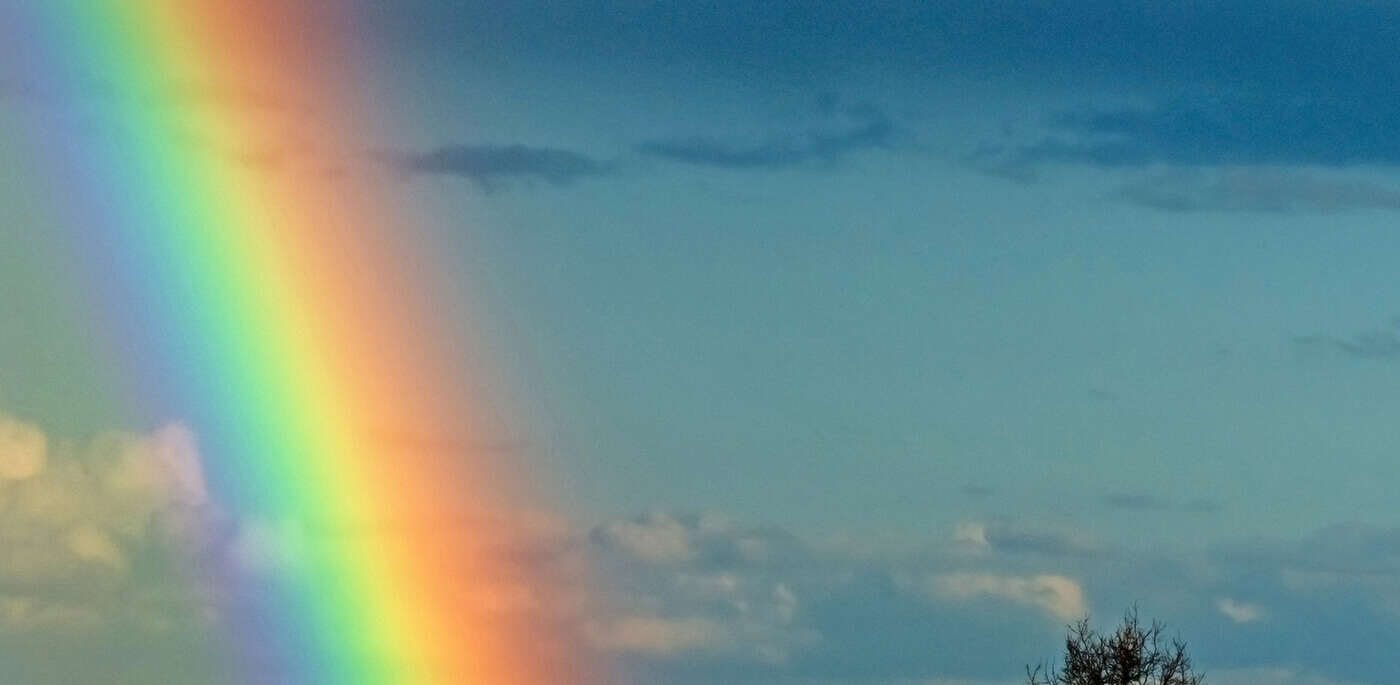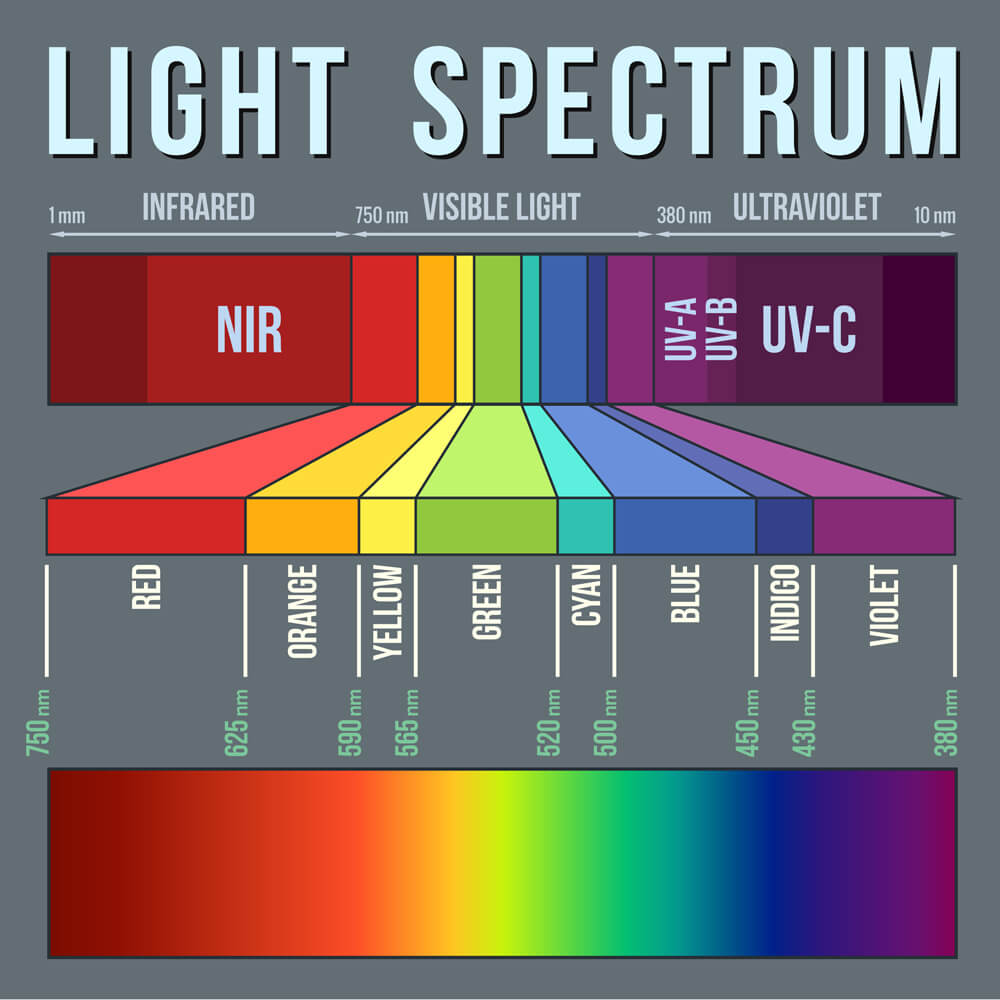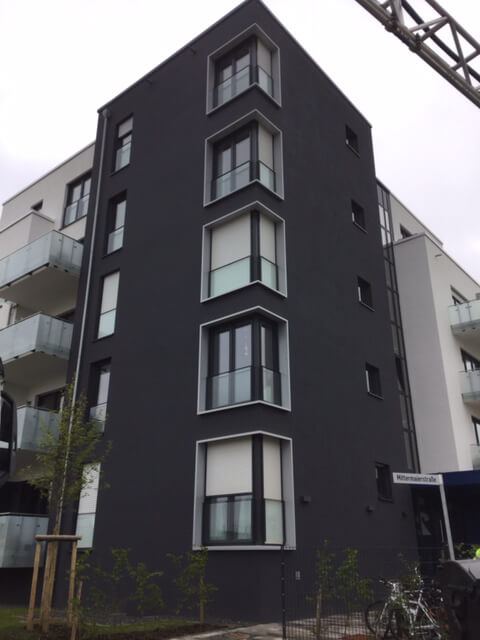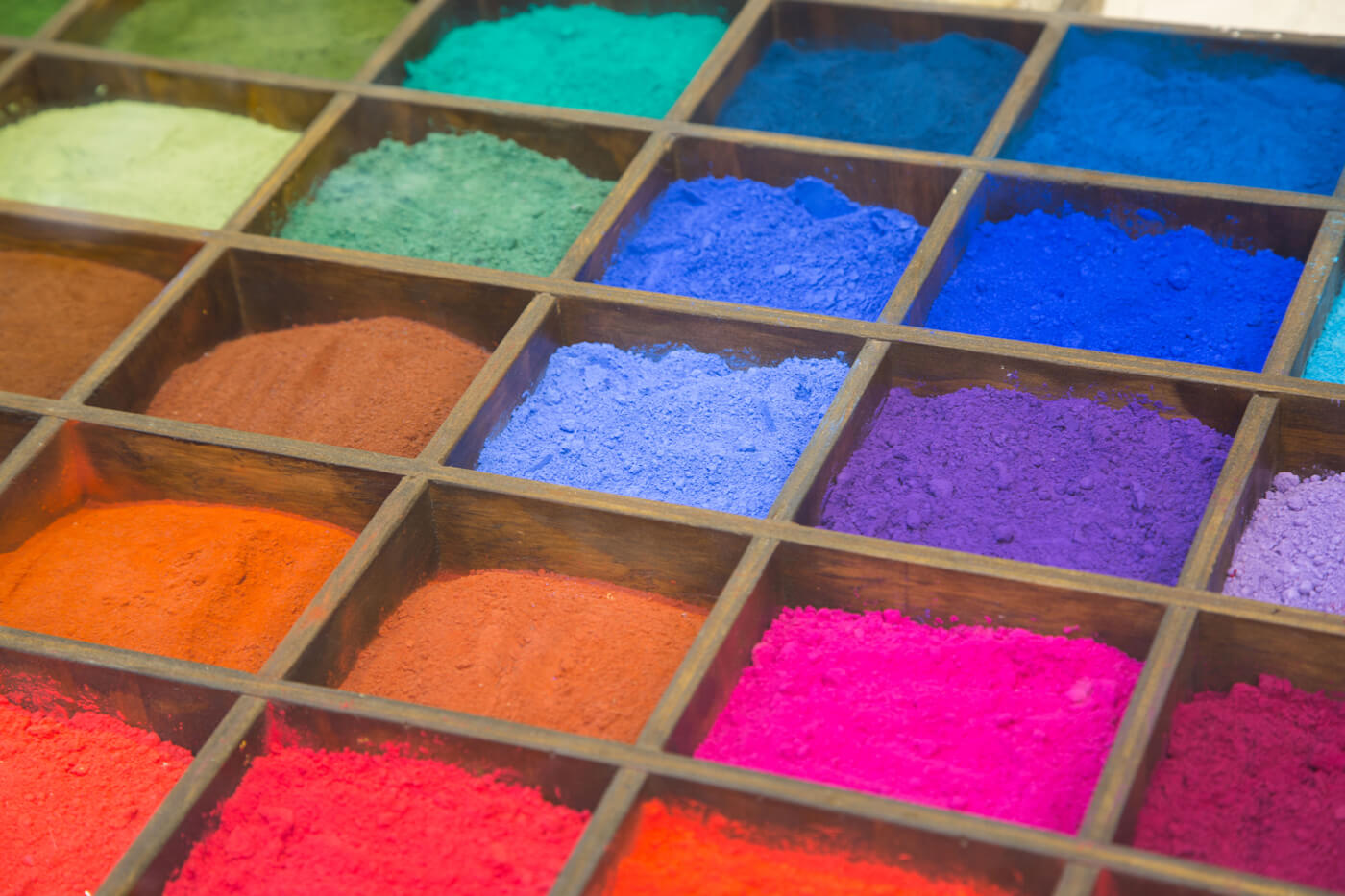Facade Design

HBW and TSR – Cool Stuff!
What is the role of these abbreviations?
HBW and TSR – Cool Stuff!
What is the role of these abbreviations?
Every colour designer knows the rule of only using shades on a thermally insulated façade whose lightness value (HBW) does not fall below 20. Damage to the facade as a result of thermal heating caused by solar radiation is to be avoided in this way.
However, HBW, which indicates the reflectance of a certain colour shade between the purest white (HBW 100) and the deepest black (HBW 0), only takes into account the wavelength range of 400-700 nanometres visible to the human eye. The near infra-red range is ignored. However, it accounts for more than 50% of solar radiation energy.

The light spectrum - visible part of the electromagnetic spectrum
Due to the different and manufacturer-specific composition of the products, TSR and HBW cannot be related to each other in the same way. The TSR value should therefore be confirmed by the manufacturer.
The silicone resin facade paint Muresko CoolProtect is our answer to optimal solar reflection for dark colours on highly insulated facades. Click here to get to the technical information.

Example of a facade coated with Muresco CoolProtect in RAL 7016
The degree of the total electromagnetic wavelength spectrum of solar radiation is called 'Total Solar Reflectance' (TSR). It is composed of 3% ultraviolet, 58% infra-red and 39% visible radiation. The higher the TSR value, the stronger the solar radiation is reflected and the lower is the thermal heating of surfaces.
But what effect does this value have on the facade design of highly insulated substrates?
Through a deliberate selection of pigments in the product, lower surface temperatures can be achieved with very dark colours, since not only visible sunlight but also a large part of the near infra-red range is reflected. If the value falls below HBW 20, the TSR value can be decisive for evaluating the functionality of a coating with dark colours. The coating can be classified as thermally safe with a TSR value of ≥25.

Optimal solar reflection due to special composition of pigmentation
Sources:
http://www.caparol.de/uploads/pics/caparol_import/caparol_de/ti/147352/TI_210.pdf
Brochure "Total Solar Reflectance (04/2014)": http://www.iwm.de/broschueren-und-merkblaetter/




